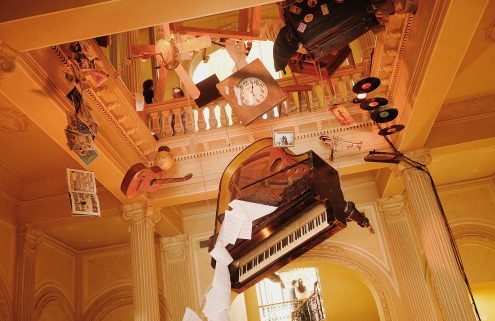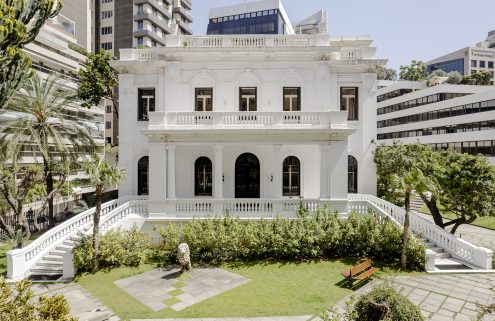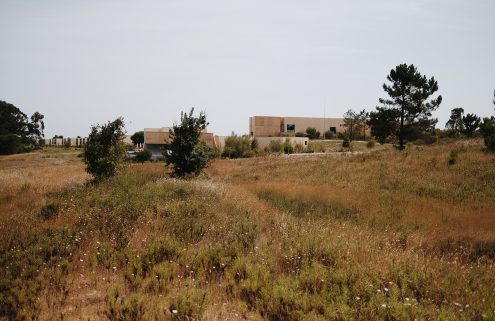
Photography: Cedric Bardawil

Photography: Cedric Bardawil

Photography: Cedric Bardawil

Photography: Cedric Bardawil
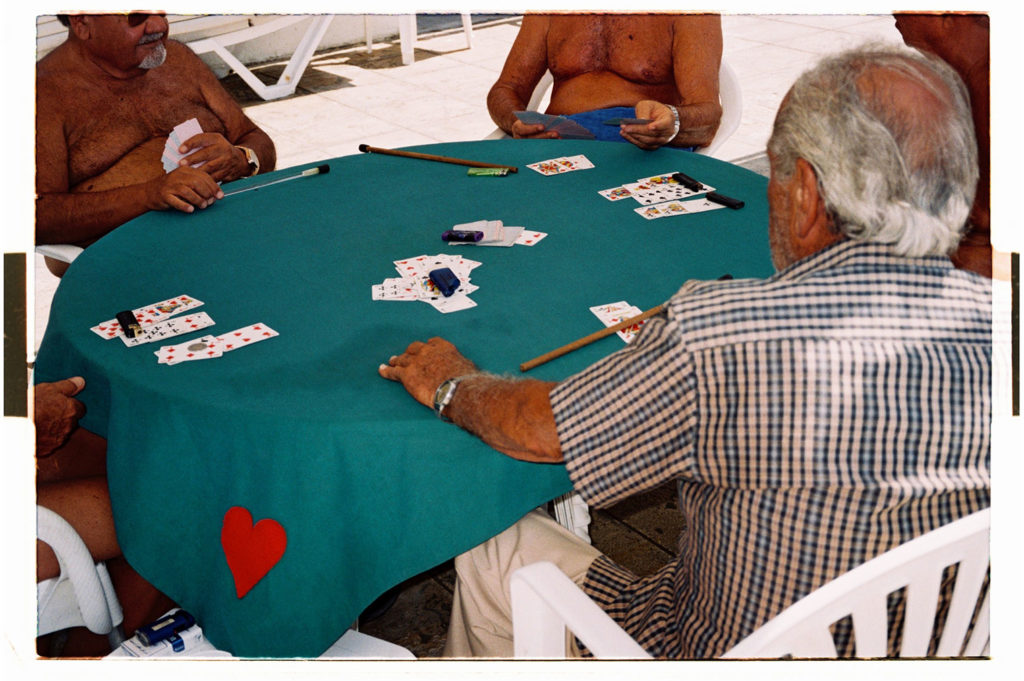
Photography: Cedric Bardawil
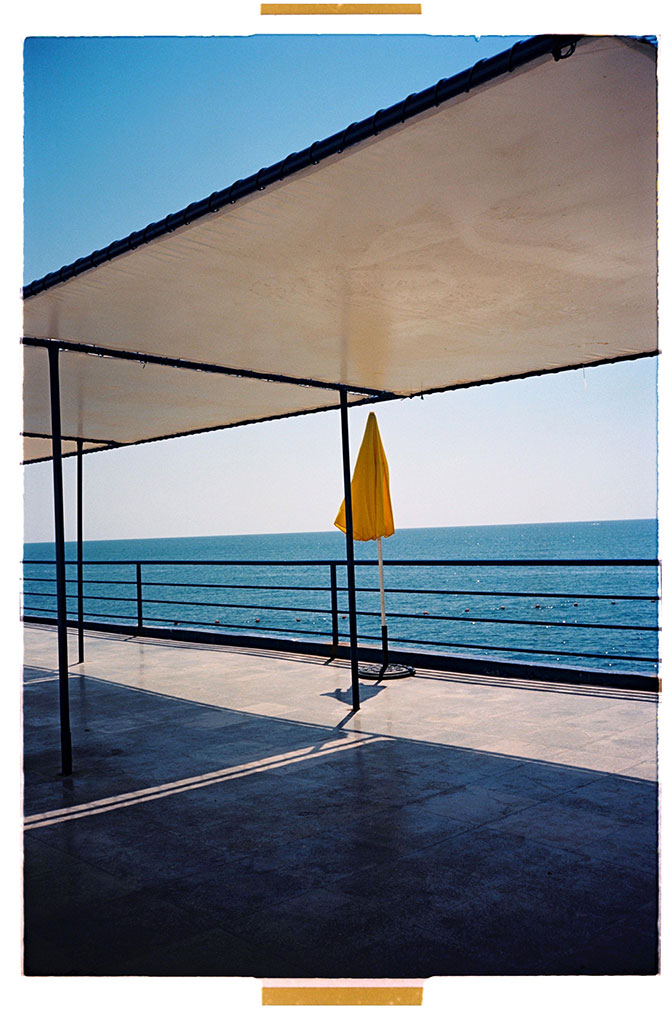
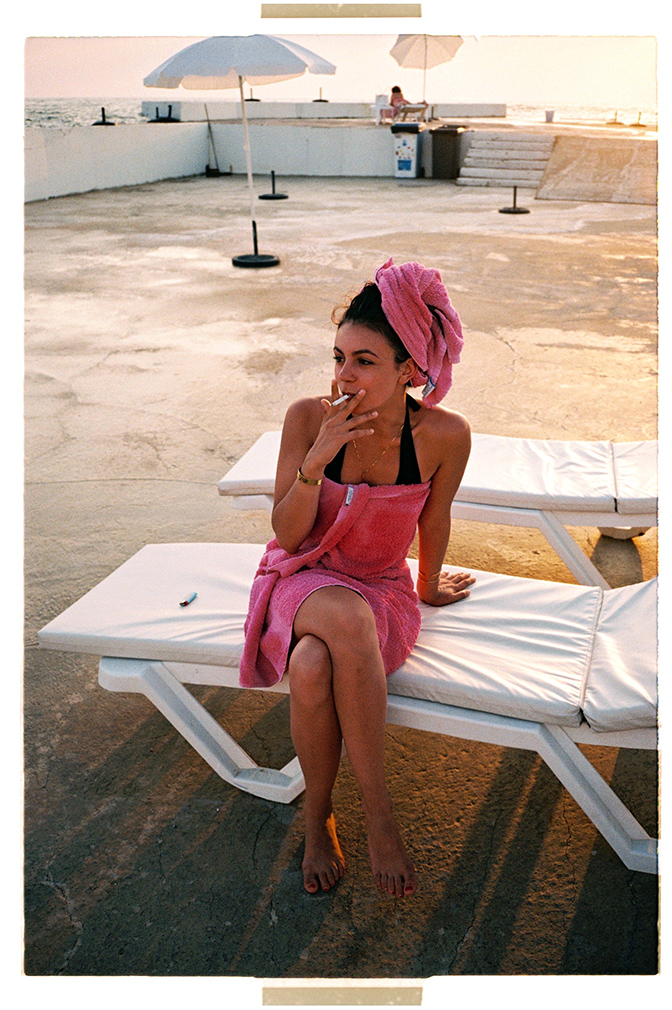
Photography: Cedric Bardawil

Photography: Cedric Bardawil

Photography: Cedric Bardawil

Photography: Cedric Bardawil

Photography: Cedric Bardawil

Photography: Cedric Bardawil

Photography: Cedric Bardawil


Photography: Cedric Bardawil
Cedric Bardawil has captured the characters and colours of Beirut’s iconic Sporting Club in a photo essay marking its 65-year history.
The resort has changed very little – save for a few licks of fresh paint – since it opened in 1953, when it became a hotspot for Lebanon’s politicians, artists and entrepreneurs, who could forget their differences over a game of backgammon, or round of paddle. It has survived the devastating 15-year civil war, the 1982 Israeli–Lebanese conflict and an annual winter dunking under the Mediterranean Sea.

Bardawil, who has been visiting Beirut since his childhood, has seen firsthand how the Sporting Club has defiantly outlasted the fads and trends of the past six decades.
‘Places were completely refurbished, and would try and replicate a bit of St Tropez or Ibiza, but Sporting Club has been there since the early 1950s and has remained intact and very unassuming,’ he explains.

Appearances can be deceptive, however. The Sporting Club developed something of a radical reputation in its heyday, with the jetsetter crowd introducing topless sunbathing to Lebanon, and the club also hosting some of the city’s most legendary parties. Today, it maintains its philosophy as a place of relaxation, offering many of the same sports and games it always has, and even retaining some of its longstanding members. Captain Fawzi still arrives at sunrise each morning in his red cap to prepare the swimming pools.

Bardawil’s Six Days at the Sporting Club series hones in on the resort’s eccentric personalities and its minimal, white-washed design.
Today the club is open to the public but it was exclusive at the beginning, operating on a members referral system that emphasised like-mindedness over anything else.
‘It was based on the grounds of having a shared mindset – one of political and social openness,’ says Bardawil. ‘It was the one place where politicians from different parties could come and meet, and not argue about what was going on in the country.’

The Sporting Club isn’t about the traditional trappings of luxury. ‘There’s a feeling when you step in, that age, faith and social status are relatively insignificant,’ he adds. ‘Sporting is not about VIP service, playing the latest music or fancy furnishings – it’s about something real, with all its history and faults.’
Bardawil embarked on this series (and its accompanying exhibition at London’s Benk + Bo gallery) ‘because a lot of people don’t see what makes the Sporting Club interesting,’ he explains. ‘In terms of resorts, I think it’s the last remaining vestige of old Beirut.’

‘Six Days at the Sporting Club’ runs until 31 January at Benk + Bo, 4 – 6 Gravel Lane, London E1 7AW.
Read next: Marco Walker casts concrete spomeniks in a fresh light
